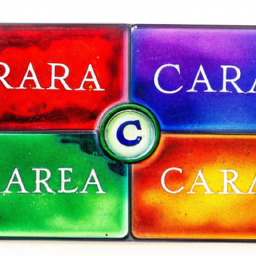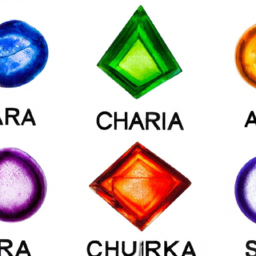
The Ashok Chakra is a circular symbol depicted on the Indian national flag and is also known as the “Dharma Chakra”. This emblem holds a significant place in Indian history and has a deep-rooted meaning behind its design and usage. Let’s delve into the fascinating history of the Ashok Chakra.
Ashoka: The Great Emperor
The origin of the Ashok Chakra can be traced back to the Mauryan dynasty during the reign of Emperor Ashoka. He was one of the greatest rulers of ancient India who reigned from 268 to 232 BCE. After a violent conquest of the territory of Kalinga, Ashoka converted to Buddhism and renounced violence. He adopted the principles of non-violence, compassion, and peace and became an exemplary monarch.
Ashoka is often considered the first ruler who unified most of the Indian subcontinent under one rule. He was well known for his patronage towards Buddhism and spreading its teachings across the world. He also played a crucial role in building various stupas, monasteries, and pillars across his empire. The most famous among these pillars is the Ashoka Pillar at Sarnath, which has been widely featured on the Indian currency note of INR 10.
The Ashok Chakra: An Emblem Of Dharma
The Ashok Chakra has been inspired by the Ashoka Pillar and is said to represent the “Dharma”, which means righteousness and moral values. It is a depiction of the “Wheel of Law” in Buddhism, which symbolizes the teachings of Buddha and his noble eightfold path. The 24 spokes on the emblem symbolize the 12 causal links of dependent origination and the 12 basic principles of the Buddhist dharma.
The Ashok Chakra is featured in blue color on the national flag of India. The color blue signifies the sky and the ocean and represents vastness, inclusivity, and expansiveness – all essential qualities of Buddhism. The 24 spokes in the circle also represent the unceasing cycle of life, death, and rebirth, as believed in Buddhism.
Adoption In The Indian National Flag
The idea of adopting the Ashok Chakra in the national flag was first proposed by the Congress leader Pandit Jawaharlal Nehru in 1947. He believed that the emblem embodies the ideals of truth, righteousness, and peace – essential for the unity and prosperity of the newly independent country. The lion capital on which the Ashok Chakra sits is also the national emblem of India, reflecting the rich history and culture of the country.
The national flag design committee, headed by Dr. Rajendra Prasad, incorporated the Ashok Chakra in the Indian flag to replace the spinning wheel, which was earlier used to represent the Indian independence movement. The Ashok Chakra is also featured in the Indian Army and Indian Air Force flags as a symbol of their valor and courage.
Conclusion
The Ashok Chakra is a symbol of peace, morality, and righteousness, and its journey from the Mauryan empire to the Indian national flag is a testament to its timeless significance. It reminds us of the rich cultural heritage of India and the importance of embracing values that promote harmony and well-being.
As the Ashok Chakra continues to wave proudly on the Indian flag, it reminds us of the ancient wisdom and teachings of Emperor Ashoka and the powerful message of “Dharma” – a guiding force for humanity towards a bright and peaceful future.





Fascinating!
#AwesomeLearning